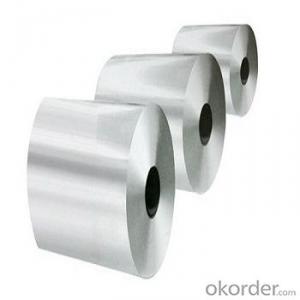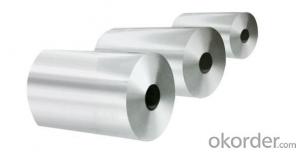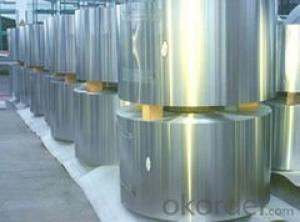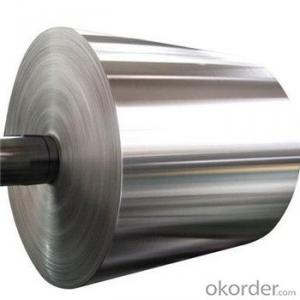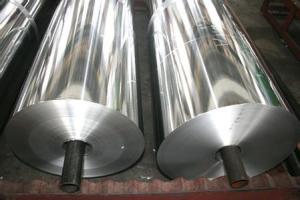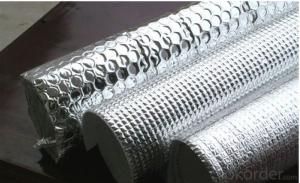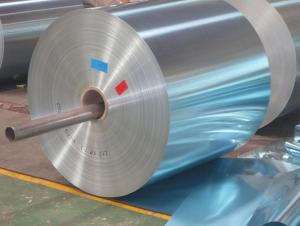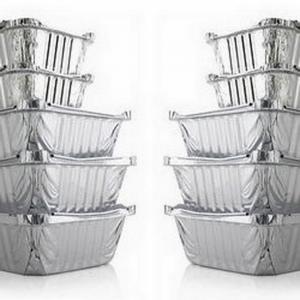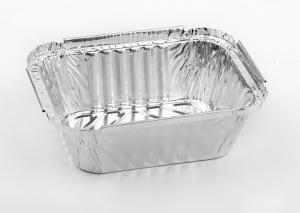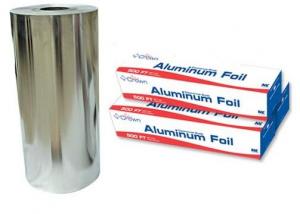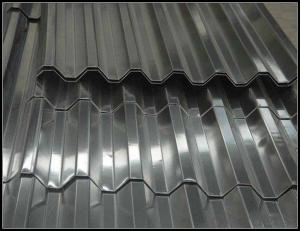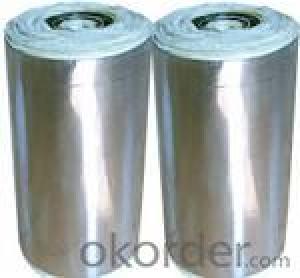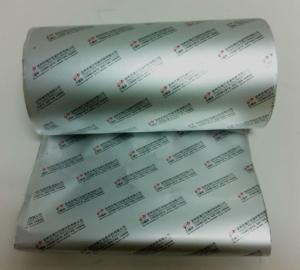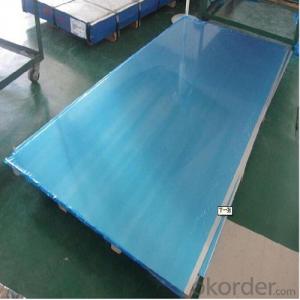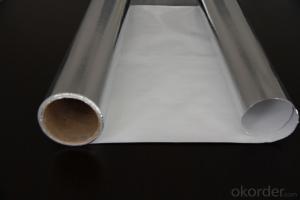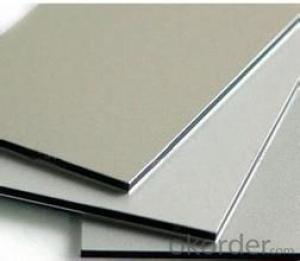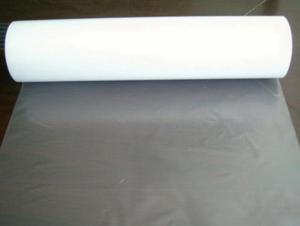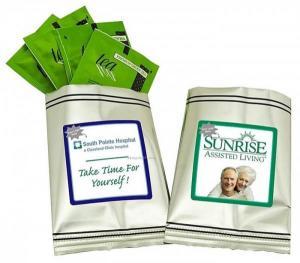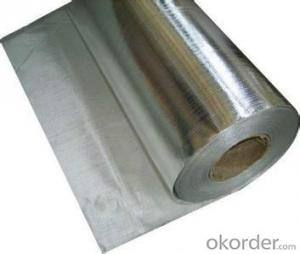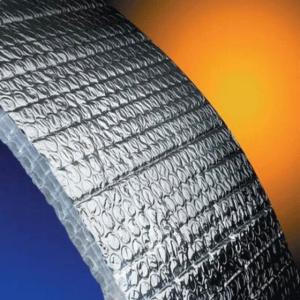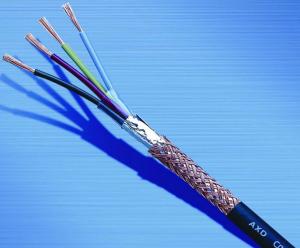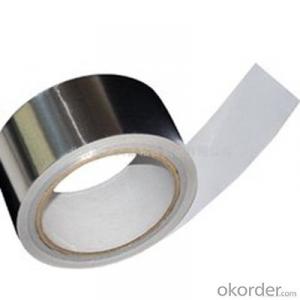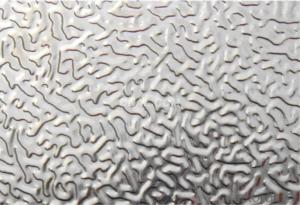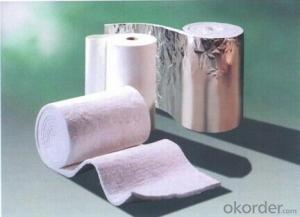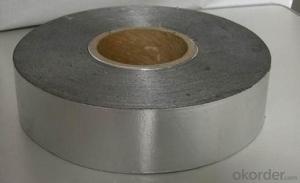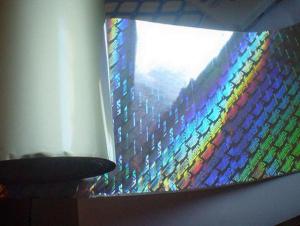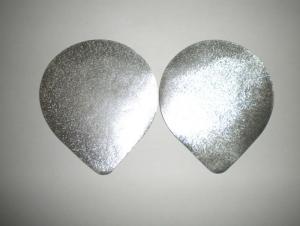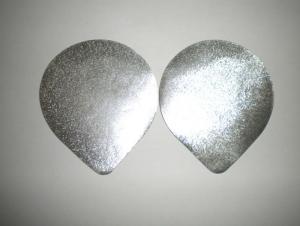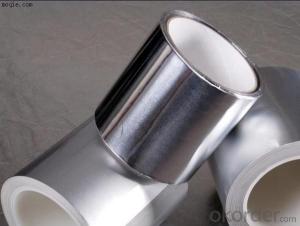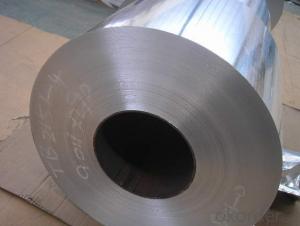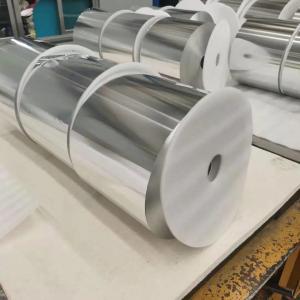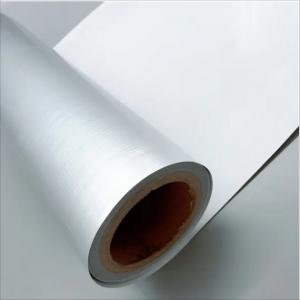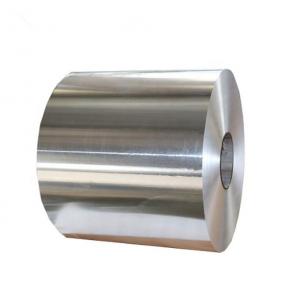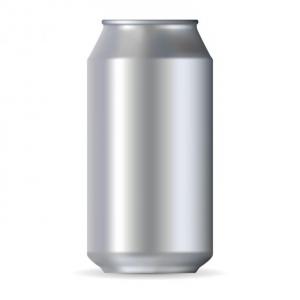Single Sheet Aluminum Foil
Single Sheet Aluminum Foil Related Searches
Single Aluminum Foil Aluminum Foil Sheet Sheet Of Aluminum Foil Self Adhesive Aluminum Foil Thick Aluminum Foil Sheets 1 Micron Aluminum Foil Standard Aluminum Foil Pure Aluminum Foil Custom Aluminum Foil Sealed Aluminum Foil Aluminum Paper Foil Aluminum Foil Wrap Sheets Large Aluminum Foil Sheets Baking Sheet Aluminum Foil Simply Done Aluminum Foil Colored Aluminum Foil Sheets Pure Substance Aluminum Foil Bare Aluminum Foil Thin Aluminum Foil Aluminum Foil Suit Aluminum Foil Sachet Sustainable Aluminum Foil Aluminum Foil Blanket Aluminum Foil Baking Sheet Solder Aluminum Foil Strong Aluminum Foil Adhesive Aluminum Foil First Street Aluminum Foil Aluminum Foil Coated Aluminum Foil Self AdhesiveSingle Sheet Aluminum Foil Supplier & Manufacturer from China
Single Sheet Aluminum Foil, known for its versatility and practicality, is a popular choice among consumers and businesses alike. This product is made from high-quality aluminum, which ensures its durability and resistance to corrosion. It is widely used in various applications, such as food packaging, insulation, and even in the medical and pharmaceutical industries. Its lightweight and flexible nature make it an ideal material for a multitude of purposes, from everyday household use to specialized industrial applications.The Single Sheet Aluminum Foil is a staple in many kitchens and commercial establishments, given its ability to preserve food freshness, protect surfaces from heat and spills, and provide a barrier against bacteria and contaminants. It is also commonly used in the construction industry for insulation purposes, as it effectively reflects heat and helps maintain a comfortable temperature inside buildings. Additionally, its non-stick properties make it a preferred choice for various medical and pharmaceutical applications, such as wrapping surgical instruments and protecting sensitive medications.
Okorder.com is a leading wholesale supplier of Single Sheet Aluminum Foil, boasting a large inventory that caters to the diverse needs of customers across different industries. With a commitment to quality and customer satisfaction, Okorder.com ensures that the aluminum foil products they offer meet the highest standards. Their extensive range of Single Sheet Aluminum Foil products is available at competitive prices, making them an attractive option for businesses looking to stock up on this essential material.
Hot Products

